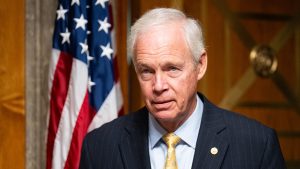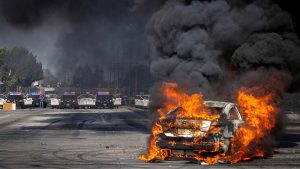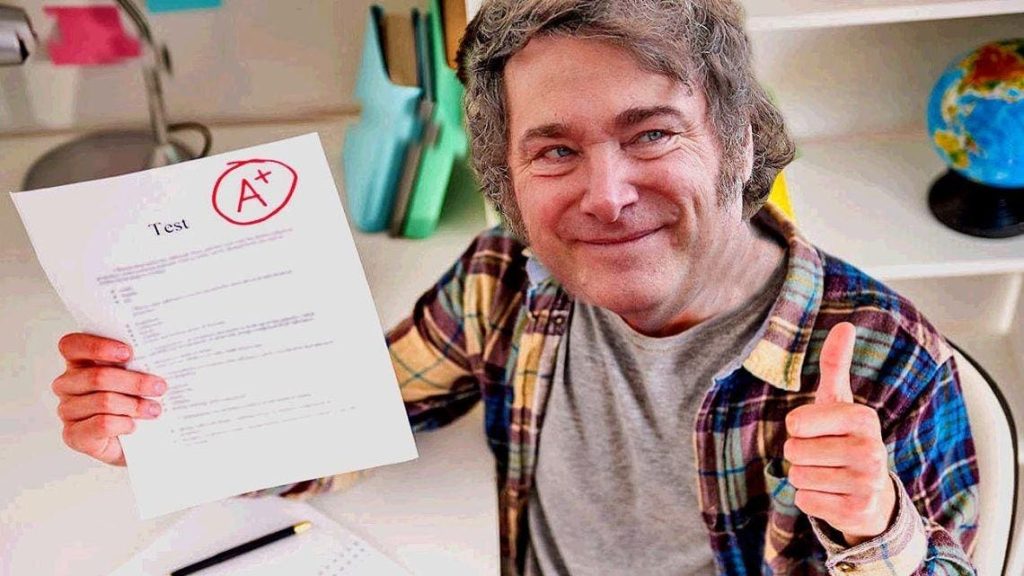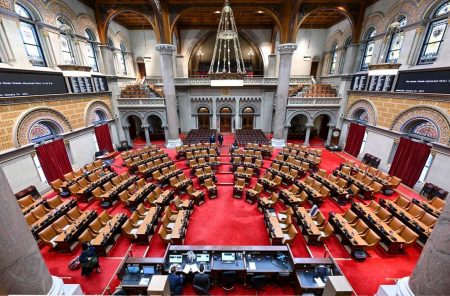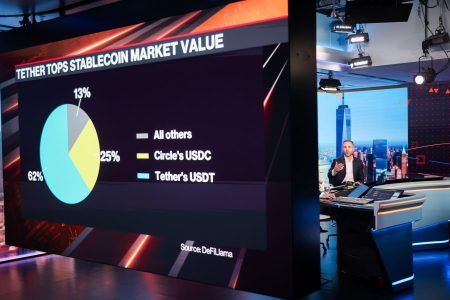Javier Milei’s meteoric rise to the Argentine presidency has captivated both domestic and international audiences. His unconventional persona, coupled with a radical libertarian platform, propelled him from obscurity to the highest office, defeating established political forces. His unorthodox campaign, fueled by boisterous television appearances and a populist message, resonated with a disillusioned electorate yearning for change. Milei’s victory was perceived as a paradigm shift, a disruption of the existing political order, and an embodiment of the burgeoning “new right” movement. His initial success, marked by sweeping reforms, fiscal discipline, and a decrease in inflation, further cemented his image as a transformative figure.
However, despite the initial perception of Milei as an anomaly, his actions and governing style increasingly reveal similarities to traditional Argentine politicians. His rhetoric of dismantling the “political caste” clashes with his reliance on seasoned political figures within his administration. Accusations of hypocrisy abound, as Milei engages in the very practices he condemns, including manipulating statistics, utilizing state resources for political gain, and engaging in potentially corrupt negotiations with allies. While promising transparency and an end to the established power structures, Milei’s leadership has become increasingly centralized, concentrated within a tight inner circle demanding absolute loyalty and silencing dissent.
Milei’s trajectory echoes patterns observed in previous Argentine administrations, particularly the Kirchner era. Cristina Fernández de Kirchner, also a charismatic leader promising transformative change, gradually consolidated power, exhibiting an authoritarian streak and becoming embroiled in corruption scandals. Similarly, Mauricio Macri, who succeeded Kirchner, was criticized for maintaining a vertical power structure despite representing a different political ideology. These parallels raise questions about the sustainability of Milei’s unconventional approach and whether his initial success masks an underlying tendency toward traditional Argentine political practices.
The author argues that while Milei’s eccentric personality and radical ideology may differentiate him superficially, his behavior ultimately converges with historical precedents. The allure of power, the temptation of corruption, and the inherent dynamics of Argentine politics are likely to shape his presidency in predictable ways. His current popularity and perceived invincibility are likely transient, and his administration will eventually face challenges and criticisms as the initial euphoria fades.
Milei’s focus on dismantling the “political caste” and ushering in a new era resonates with the public’s frustration with the existing political system. However, his methods and emerging governing style suggest a potential replication of the very practices he denounces. The concentration of power within a small inner circle, the suppression of dissent, and the potential for corruption pose significant risks to democratic institutions and transparency. While Milei presents himself as a radical departure from the past, his actions suggest a potential continuity of established political patterns in Argentina.
Ultimately, Milei’s long-term impact on Argentina remains to be seen. While he may achieve some policy successes and reshape the political landscape, the author contends that he is unlikely to fundamentally alter the dynamics of Argentine politics. The entrenched power structures, the historical patterns of corruption, and the cyclical nature of political change suggest that Milei’s presidency, despite its initial promise of disruption, will likely leave a more nuanced legacy than his current supporters anticipate. His “revolution” may eventually succumb to the same forces that have shaped previous Argentine administrations.
